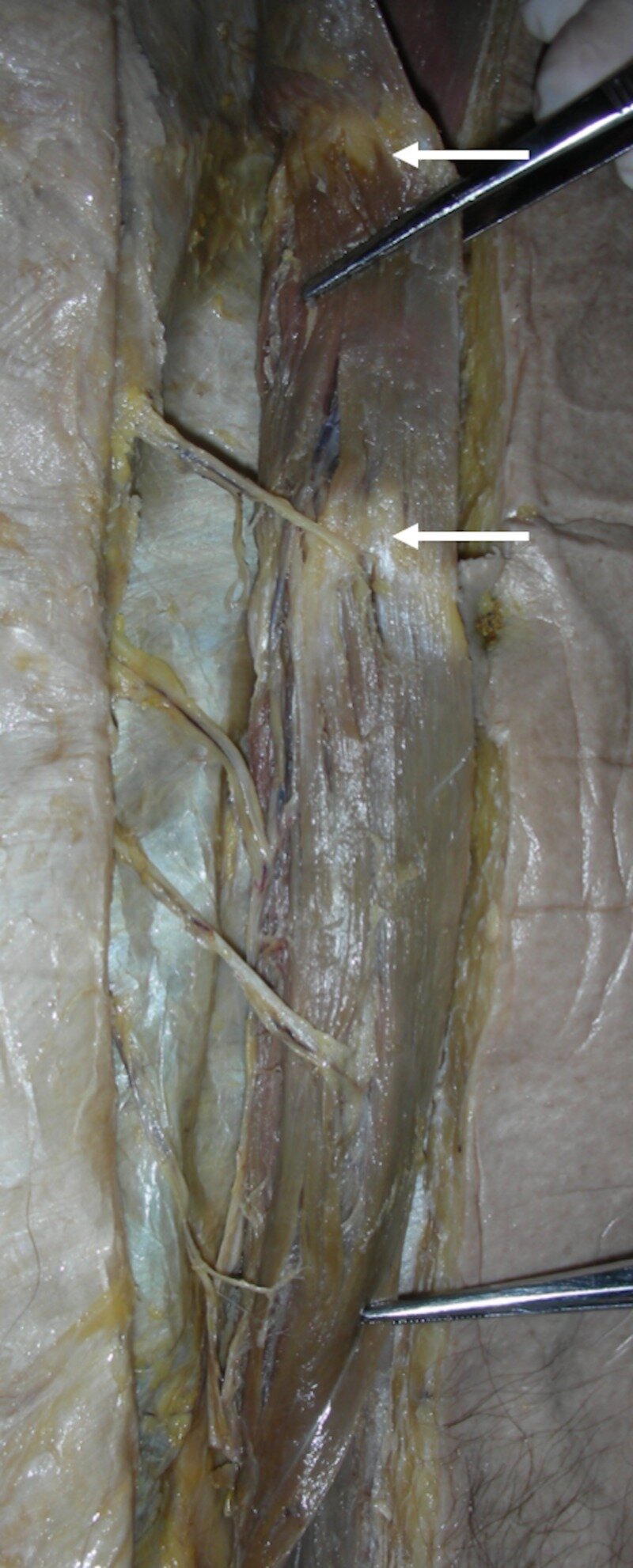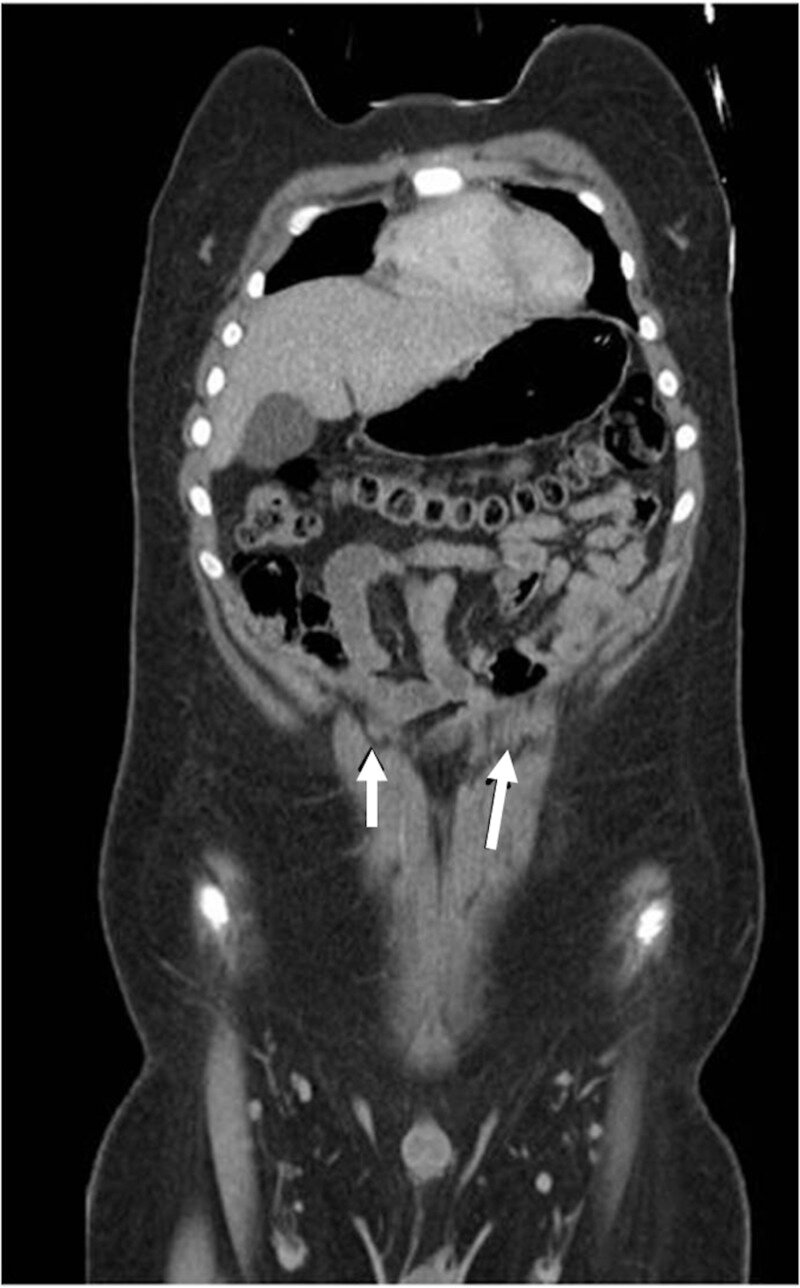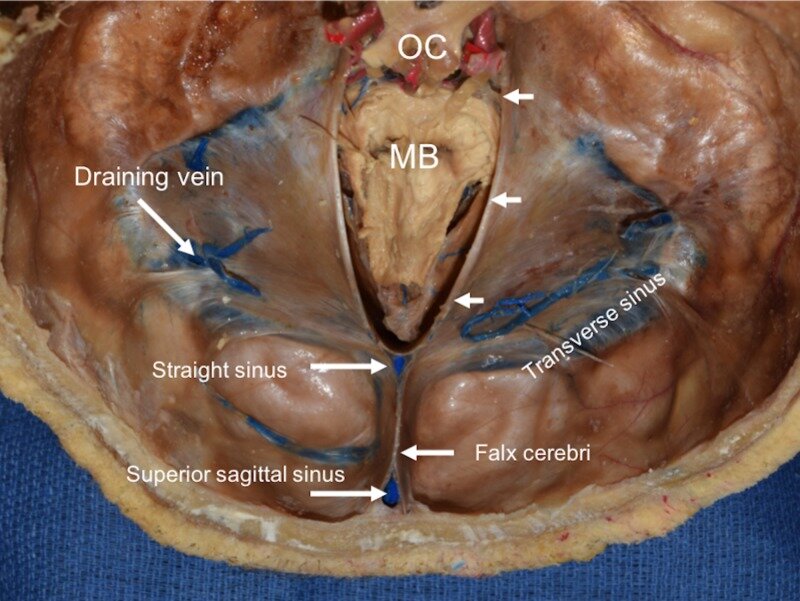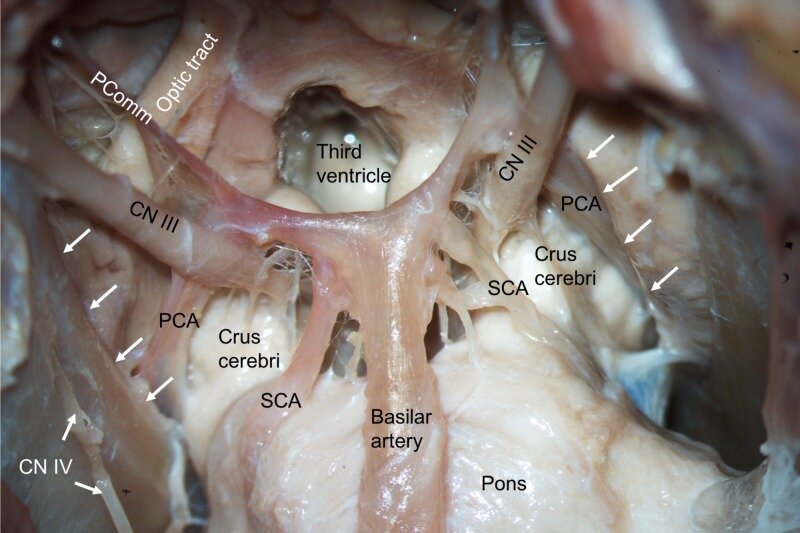Surg Neurol Int. 2018 Aug 22;9:171. doi: 10.4103/sni.sni_446_17. eCollection 2018.
Abstract
BACKGROUND:
Accessing the hippocampus for amygdalohippocampectomy and minimally invasive procedures, such as depth electrode placement, require an accurate knowledge regarding the location of the hippocampus.
METHODS:
The authors removed 10 human cadaveric brains from the cranium and observed the relationships between the lateral temporal neocortex and the underlying hippocampus. They then measured the distance between the hippocampus and superficial landmarks. The authors also validated their study using magnetic resonance imaging (MRI) scans of 10 patients suffering from medial temporal lobe sclerosis where the distance from the hippocampal head to the anterior temporal tip was measured.
RESULTS:
In general, the length of the hippocampus was along the inferior temporal sulcus and inferior aspect of the middle temporal gyrus. Although the hippocampus tended to be more superiorly located in female specimens and on the left side, this did not reach statistical significance. The length of the hippocampus tended to be shorter in females, but this too failed to reach statistical significance. The mean distance from the anterior temporal tip to the hippocampal head was identical in the cadavers and MRIs of patients with medial temporal lobe sclerosis.
CONCLUSIONS:
Additional landmarks for localizing the underlying hippocampus may be helpful in temporal lobe surgery. Based on this study, there are relatively constant anatomical landmarks between the hippocampus and overlying temporal cortex. Such landmarks may be used in localizing the hippocampus during amygdalohippocampectomy and depth electrode implantation in verifying the accuracy of image-guided methods and as adjuvant methodologies when these latter technologies are not used or are unavailable.
KEYWORDS:
Anatomy; epilepsy surgery; hippocampectomy; landmarks; neurosurgery; temporal lobe






























